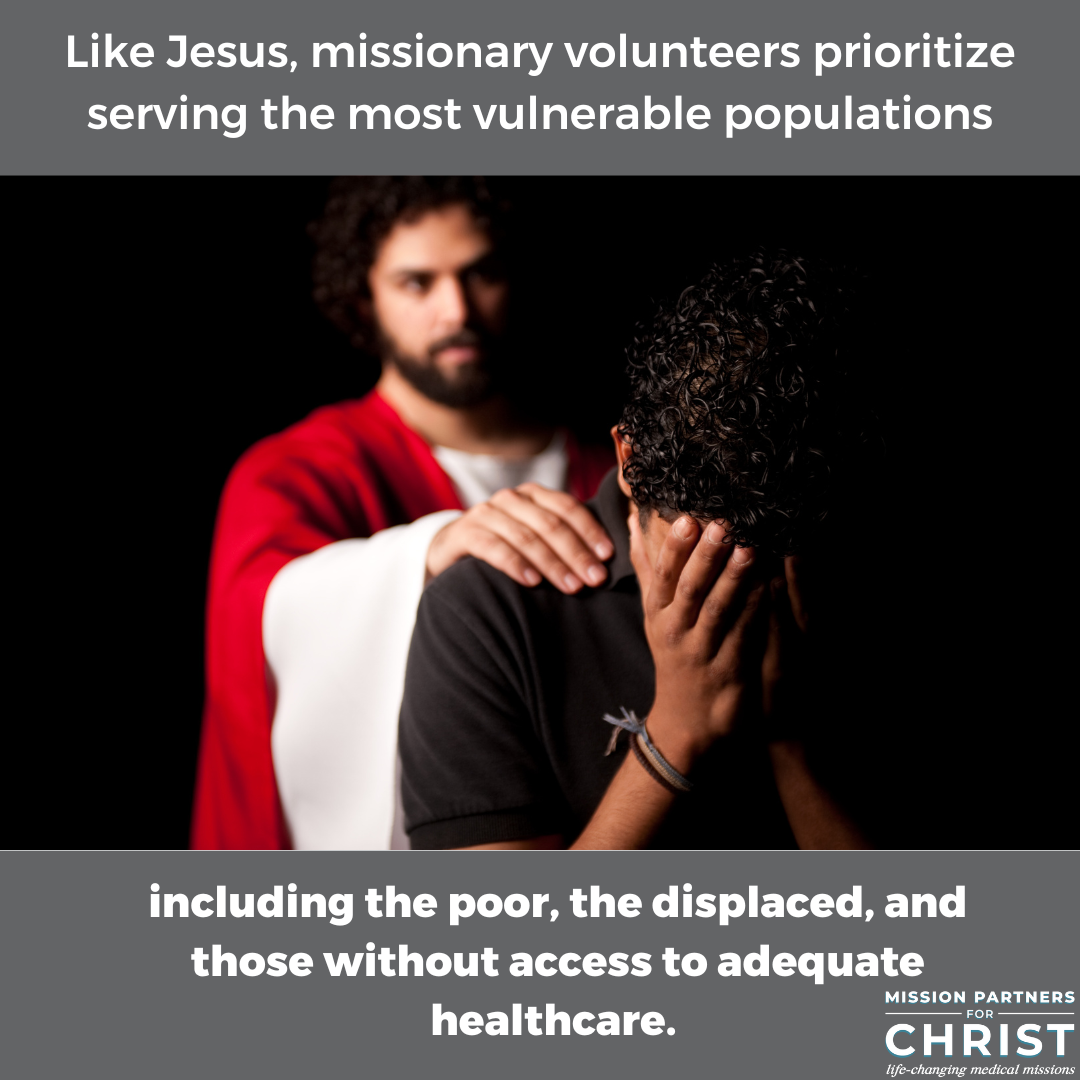As the world prepares to celebrate the birth of Jesus Christ this Christmas season, it is an opportune time to reflect on the profound connection between this joyous occasion and the work of medical missions. While the nativity story is often associated with themes of love, compassion, and the miracle of Christ’s birth, it also serves as a powerful reminder of the call to serve those in need, particularly through healthcare initiatives. In this blog post, we will explore how the birth of Jesus at Christmas relates to medical missions and why this connection is so vital in today’s world.
The Nativity Story: A Message of Hope and Healing
The story of Jesus’ birth, as recounted in the Bible, is one of humility and purpose. Mary and Joseph, simple and faithful individuals, journeyed to Bethlehem, where there was no room for them in the inn. Jesus was born in a humble stable and laid in a manger, a symbol of God’s presence in the midst of poverty and simplicity. This narrative holds a profound message for medical missions:

-
Embracing Humility and Compassion The humility of Jesus’ birth encourages those serving in medical missions to approach their work with a similar spirit of humility. It reminds them that true healing often begins with a humble heart, a willingness to meet people where they are, and a deep sense of compassion for the suffering. Just as Jesus came to the world in a lowly manger, missionaries must strive to reach the marginalized and underserved, offering hope and healing to those who need it most.
-
The Call to Serve The birth of Jesus is a reminder of the Biblical call to serve others. In the nativity story, the angels proclaimed “good news of great joy” to the shepherds, inviting them to witness the Savior’s birth. Medical missionaries also see their work as a calling to share the good news of hope, health, and salvation with those in need. The mission field becomes a sacred space where medical professionals express their faith through healing.
-
A Symbol of God’s Presence Just as the manger symbolized God’s presence in the midst of poverty, illness, and despair, medical missions volunteers see themselves as vehicles of God’s love and healing grace. They strive to be a tangible expression of God’s presence in the lives of patients, offering not only medical treatment but also spiritual support and comfort. In doing so, they bring light into the darkest corners of the world!
The Healing Ministry of Jesus
Jesus’ ministry on earth was characterized by compassion and healing. He touched the lives of countless individuals, restoring sight to the blind, enabling the lame to walk, and even raising the dead. His ministry serves as a model for medical missions organizations, like Mission Partners For Christ, in several significant ways:
-
Healing as a Sign of God’s Kingdom Jesus’ healing miracles were not just acts of compassion; they were signs that pointed to the arrival of God’s kingdom. Those serving in medical missions also view their work as a means of ushering in God’s kingdom by alleviating suffering and demonstrating His love. Healing becomes a tangible expression of the gospel message.
-
The Wholeness of Body and Soul Jesus’ ministry emphasized the holistic nature of healing. He not only addressed physical ailments but also ministered to the spiritual and emotional needs of individuals. Missionaries offering medical care follow this example by providing comprehensive care that addresses not only the physical symptoms but also the spiritual well-being of patients.
-
Serving the Vulnerable and Marginalized Jesus’ ministry was particularly focused on reaching out to those who were marginalized and oppressed. Like Jesus, missionary volunteers prioritize serving the most vulnerable populations, including the poor, the displaced, and those without access to adequate healthcare. They work tirelessly to ensure that no one is left behind in their pursuit of healing.

The Nativity Scene: A Symbol of Unity and Inclusivity
The traditional nativity scene often includes various characters, such as Mary, Joseph, the shepherds, the Magi, and the animals, gathered around the infant Jesus. This diverse assembly of individuals from different backgrounds and social statuses reflects the inclusive nature of Christ’s message, which evangelical medical missionaries seek to emulate.
-
Breaking Down Barriers Just as the nativity scene brings together people from different walks of life, medical missions help to break down barriers and promote unity. Healthcare is a universal need that transcends cultural, ethnic, and religious boundaries. These missions create spaces where people of diverse backgrounds come together for a common purpose: healing and hope. And its in this common purpose that the gospel can be shared in word and in action.
-
A Message of Inclusivity The presence of the shepherds, who were considered lowly and marginalized in society, in the nativity story sends a powerful message of God’s inclusivity. Medical missionaries extend this message by providing care to those who are often overlooked and marginalized. They demonstrate that in the eyes of God, every life is valuable and worthy of healing.
-
The Role of the Magi The arrival of the Magi, who were foreigners and gentiles, at the nativity scene signifies that the message of Jesus is meant for all people, regardless of their background. Medical mission volunteers recognize their responsibility to reach out to those in need, sharing the love of Christ with people of all nations.

The birth of Jesus at Christmas serves as a profound reminder of the core values of evangelical medical missions. The nativity story embodies the principles of humility, compassion, calling, and inclusivity that are at the heart of these missions. By following the example of Jesus’ healing ministry and embracing the message of the nativity scene, medical missions continue to bring hope, healing, and the good news to the most vulnerable and marginalized populations around the world. This Christmas season, let us remember the deep connection between the birth of Jesus and the vital work of medical missions, and may it inspire us to support and participate in this life-changing ministry.


